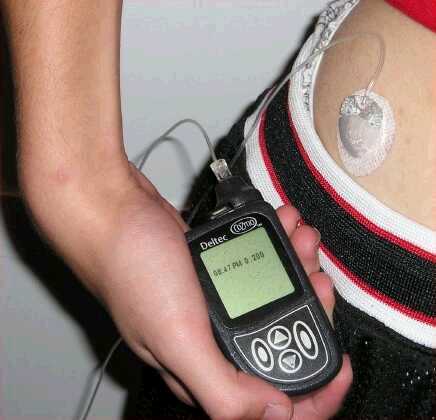
On September 26, 2016, a news report was published online by the Endocrine Society on the updated guideline for type 1 diabetes. The report will now appear in print in November 2016 in “The Journal of Clinical Endocrinology & Metabolism” (JCEM).
In the new updated guideline, it is recommended that type I diabetes patients use continuous glucose monitoring (CGM) to monitor their blood glucose levels. Additionally, to treat sudden drops in blood sugar levels (hypoglycemia), diabetes patients could use continuous subcutaneous insulin infusions via a catheter placed under the skin.
This recommendation was proposed by a panel of the Endocrine Society’s Task Force of 7 experts, the American Association of Diabetes Educators, the American Association for Clinical Chemistry, and the European Society of Endocrinology along with a medical writer and a methodologist.
The GRADE system (Grading Recommendations, Assessment, Development, and Evaluation system) was used to develop the evidence-based guideline. One systematic review was conducted and the results of other studies and systematic reviews were also taken into consideration by the GRADE system to confirm the strength of the recommendation.
There were several email communications, a group meeting, and many conference calls before the group arrived at the current updated guideline for managing type 1 diabetes.
“Continuous glucose monitoring (CGM) is recommended because they can provide real-time assessment of the blood sugar levels in the fluids of the body.”
The individual will be aware of the trend of the blood sugar levels, i.e. if they are normal, high, or reducing. If the blood sugar levels start to rise or drop at an alarming rate, an alarm will sound off in the monitor.
The CGM devices actually help type 1 diabetes patients from experiencing hypoglycemia (low levels of blood sugar) by having a daily, continuous record of their blood sugar levels. The CGM devices are far more consistent than the periodic insulin injections that the patients use. Type 2 diabetes patients may also benefit from the use of CGMS.
“In the case of insulin infusion devices, the subcutaneous (below the skin) infusion of insulin on a continuous basis with the help of a pump helps individuals with fluctuating levels of insulin or who prefer to maintain a continuous supply of insulin to manage their diabetes.”
The updated guideline recommends the use of these continuous insulin infusion devices for type 1 diabetic patients and even those type 2 patients who’re unable to maintain their normal blood glucose levels.
Insulin pumps are invariably used in cohorts with CGM devices.
These technologies ultimately can improve the quality of life of diabetic patients and make them aware of their sugar levels. Of course, the success of managing the disease ultimately rests on the individual patient. If the diabetic patient is willing to try out the new technology, then devices such as CGMS and insulin pumps will greatly aid the life of patients with type 1 diabetes.
